Shortcuts
Tags
Latest Posts
High-voltage transducer offers more safety on railway vehicles
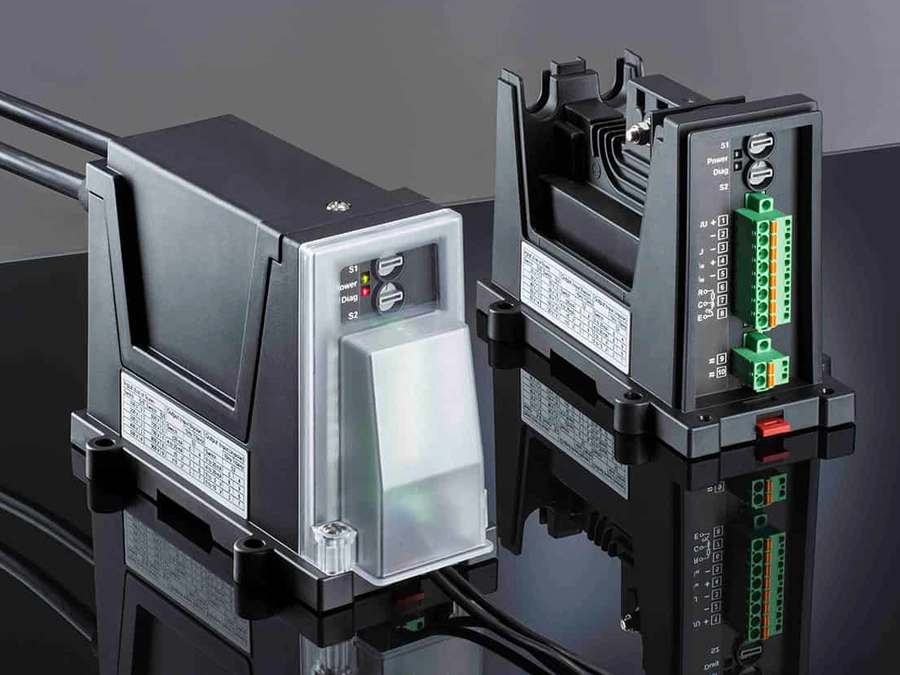
The requirements placed on railway vehicles have increased significantly in recent years. Products for rolling stock need to ensure a higher level of functional safety than ever before to make the travel experience more comfortable, safer and reliable for the end user – the railway customers. New technologies must be developed to meet future application requirements as well. Based on these points, Knick decided to fundamentally redesign one of its core product groups.
The P50000 high-voltage transducers are used to monitor primary circuits on traction units and locomotives. They measure the voltages and currents coming from the contact wire, and help with energy management and emergency shutdown in case of a short circuit. They are so precise and fast that they can even be used as sensors for charging the energy required by the train.
High-voltage measurement involves the processing of dangerously high voltages and associated electrical power. If a short circuit is not switched off immediately, it can cause fire. On a train, this places a direct and considerable risk to the safety of the passengers and staff. Short circuits must therefore be reliably detected by measurement. Furthermore, the high-voltage transducer itself should never be dangerous – neither during maintenance nor after years of railway operation. These aspects have been taken into account for the construction and design of the P50000 series, much of which had not existed in the industry up until now.
Contact protection during maintenance
The protective cover for the high-voltage input terminals provides defined clean separation distances and prevents overlays, (e.g. in ventilated roof boxes,) which are prone to contamination. In addition, protection from external contact is assured, especially important during maintenance servicing. Conductive parts can be installed as close as needed to the housing, as the necessary distances are already defined by the protective cover. It is no longer necessary to pay as much attention to adjacent equipment or metal parts during installation, as it had been in the past.
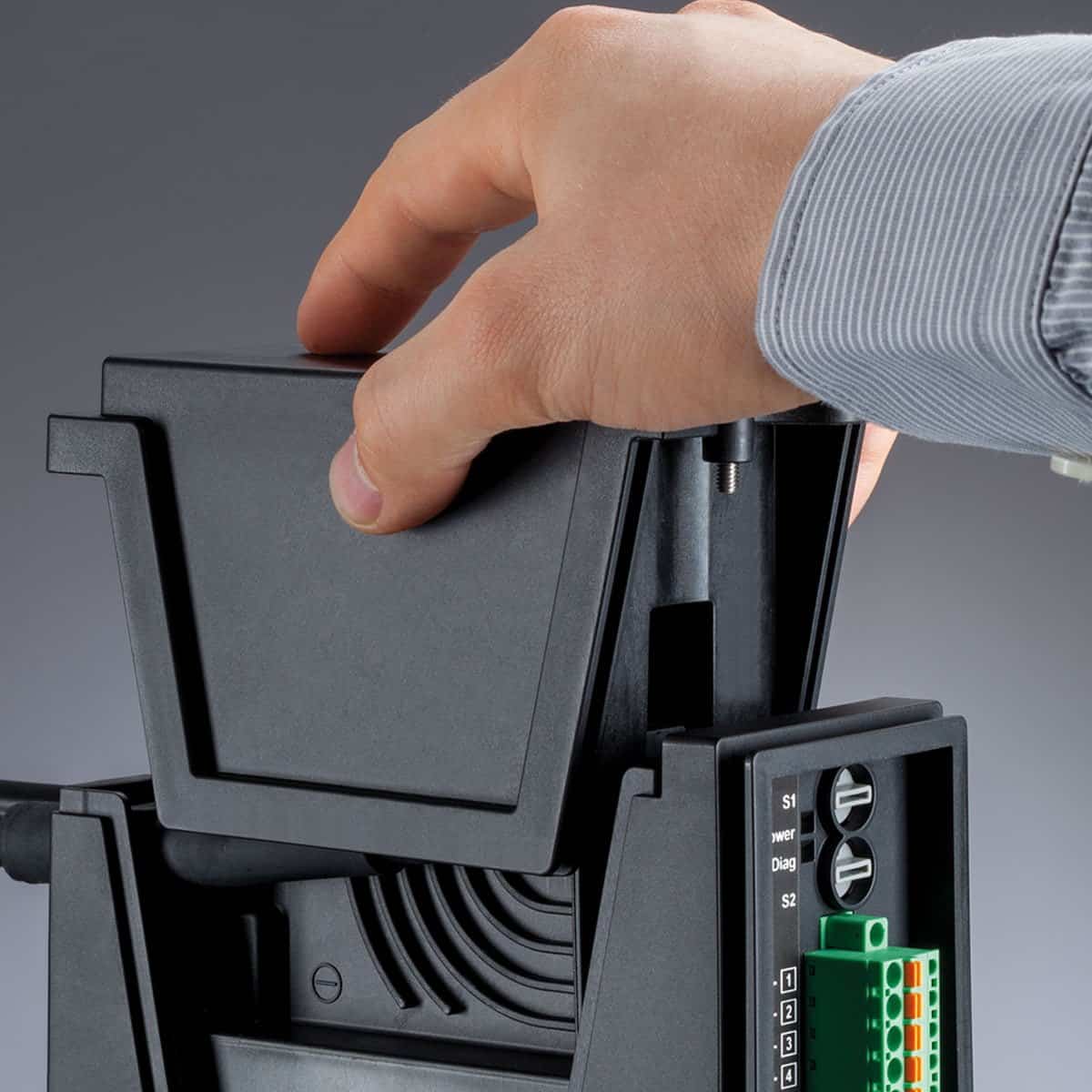
Innovative high-voltage connections
The high-voltage connections are patent pending. They aren´t parallel to a housing surface as is typical, but are instead attached to the opposing housing surfaces. This allows large air and creepage distances to be implemented in spite of the compact housing dimensions.
IP54 protection
The gaskets ensure class IP54 protection, while venting holes allow the discharge of condensation water in case of rapid temperature fluctuations, as for instance can sometimes occur when entering tunnels.
Visibility on the lower-voltage side
The switches, LEDs and connections for auxiliary energy and output are covered with a transparent cover. A viewing window allows the detection of the switch position for the measuring range selection. The LEDs, which are important for troubleshooting, are also readily visible from the outside.
High degree of installation flexibility
The upright housing of the high-voltage transducers saves space in roof or underfloor boxes and can be flexibly mounted; either fixed with 4 screws on a flat surface or snapped onto a DIN rail.
While the level of electrical safety and practicality associated with the new and innovative housing design are clear to see at first glance, there are also more subtle aspects of the ProLine P50000 design that also bring considerable value. Features include calibrated range switching, diagnostic contacts and the galvanic isolation of the output from both the input and auxiliary power source. These all contribute to the safety and reliability of the measuring function.
Latest Posts
Interface Technology
Hydrogen, SIL, Energy
Process Analytics
Pharma, Sensor, Conductivity
Interface Technology
Hydrogen
Interface Technology
Interface Technology
Exhibition, InnoTrans
Related Posts
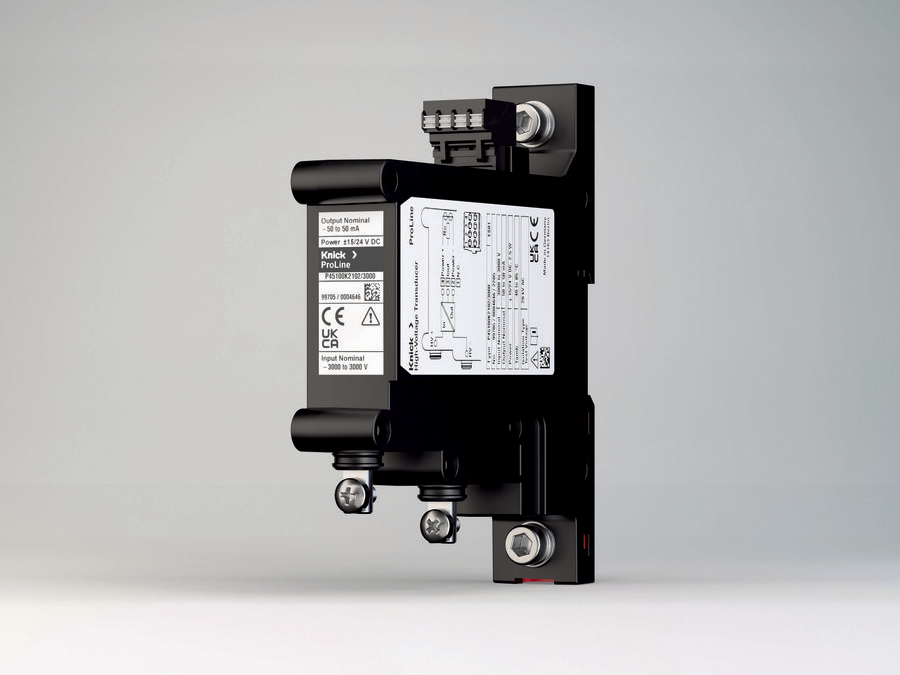
Jun 2025
Interface Technology
Hydrogen, SIL, Energy
P45000 SIL 2 / SIL 3: Voltage measurements in applications with functional safety

Sept 2024
Interface Technology
Hydrogen
Stack and String Voltage Measurement in Electrolyzers and Fuel Cells
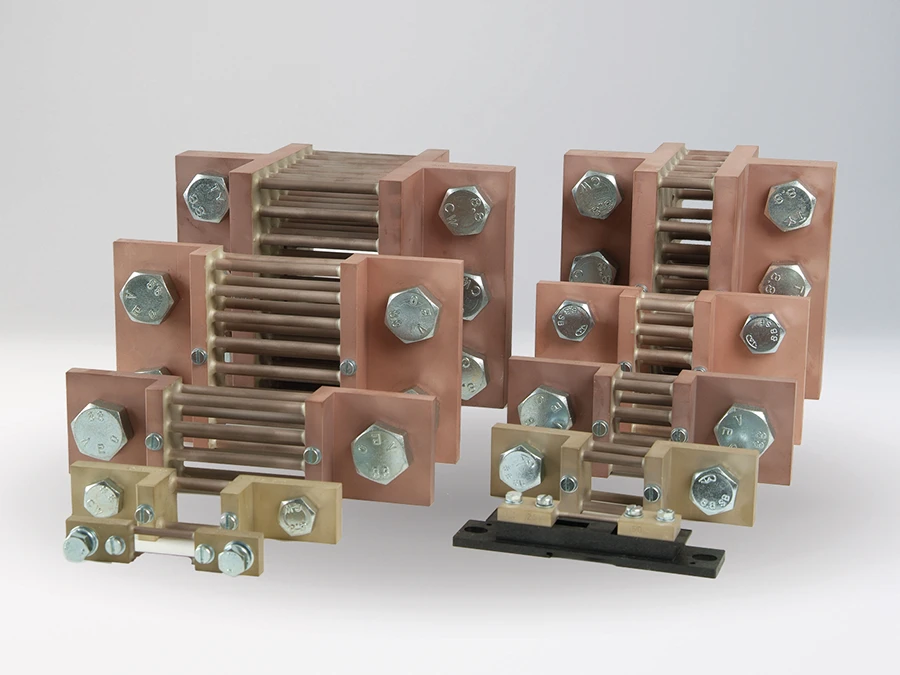
Sept 2024
Interface Technology
New 30 mV Shunt Resistors for Knick Transducers
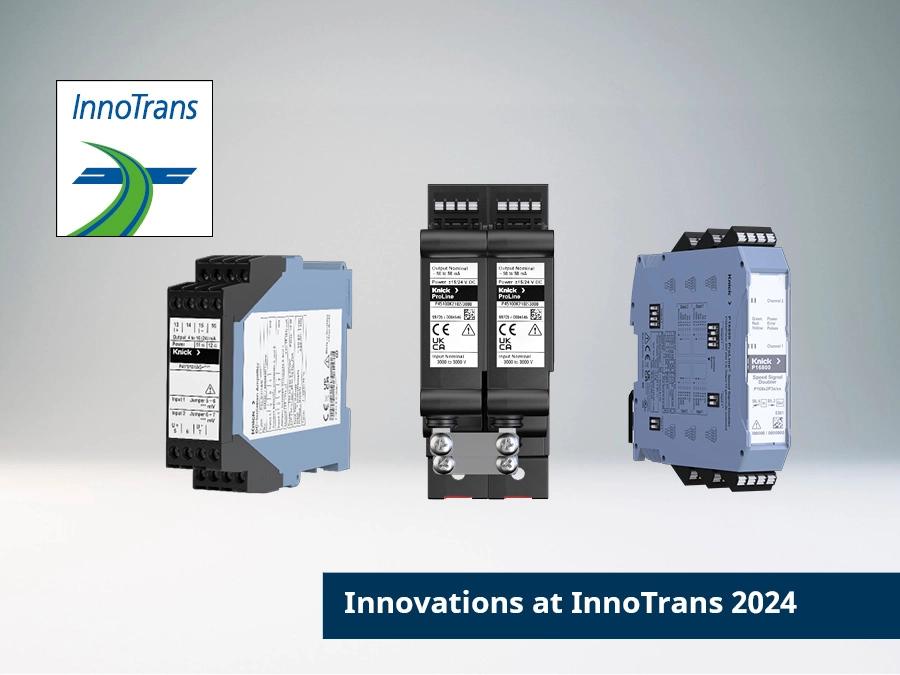
Sept 2024
Interface Technology
Exhibition, InnoTrans
Innovations at InnoTrans 2024 for rolling stock and DC traction power supply

May 2022
Interface Technology
Energy
Energy storage - the handshake between renewable energy and electric vehicles
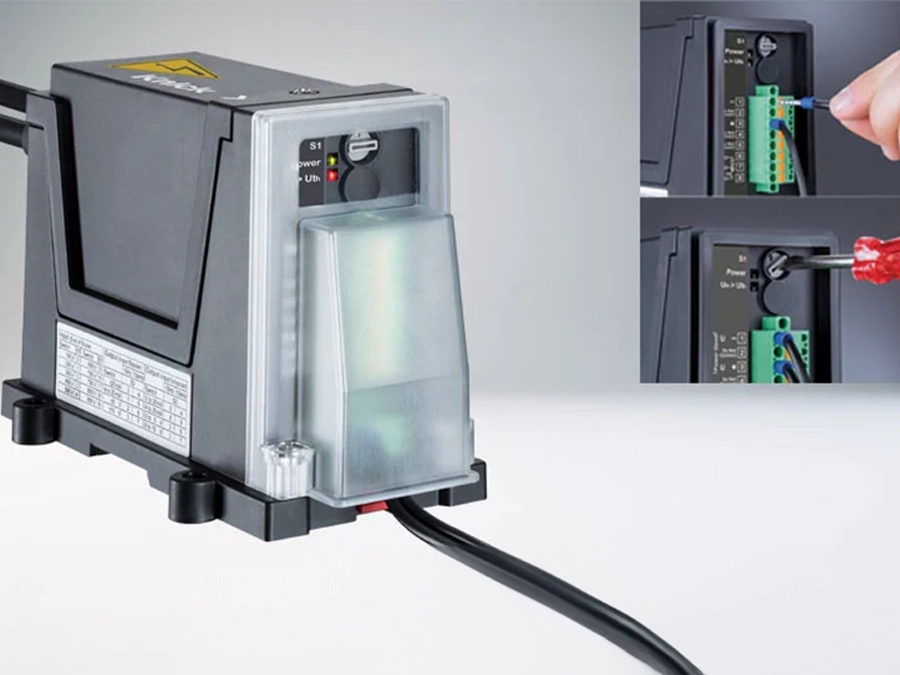
Feb 2022
Interface Technology
P52000VPD, Voltage
P52000VPD voltage presence detector reliably detects voltages up to 4200 V DC
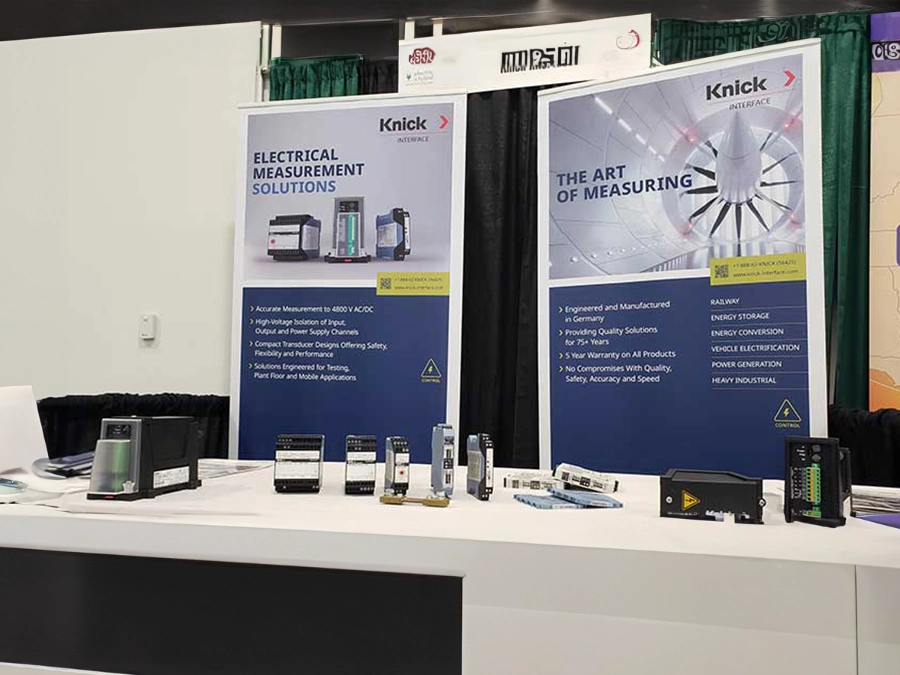
Sept 2021
Interface Technology
USA, Exhibition
Knick Interface at Battery and Electric & Hybrid Vehicle Technology Expo
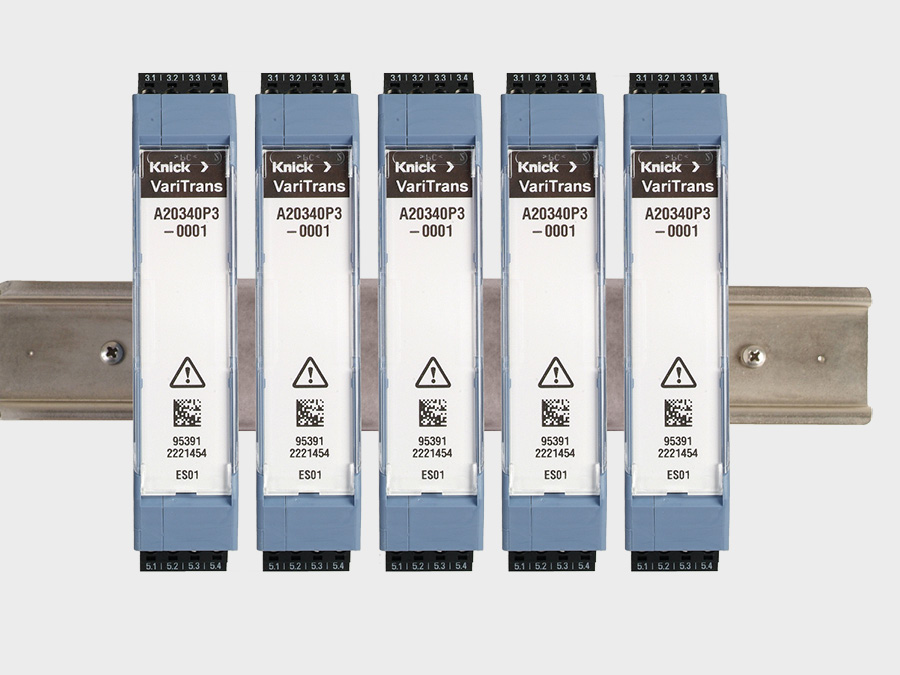
May 2021
Interface Technology
Quadruple Standard Signals in Just One Signal Conditioner

Apr 2021
Interface Technology
Hydrogen
Electrical measurement and process analytics for hydrogen production
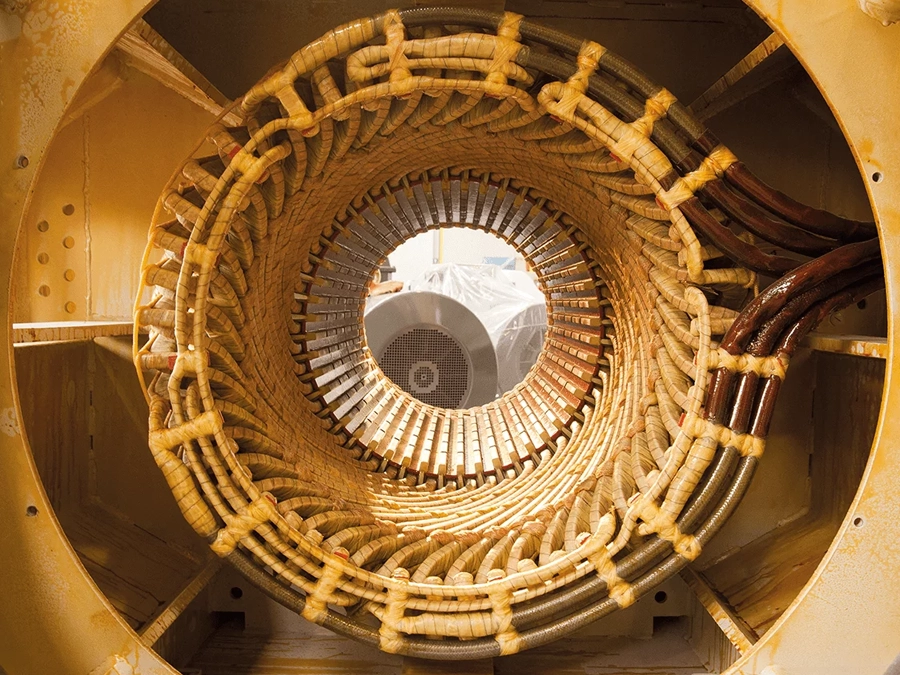
Mar 2021
Interface Technology
High-Voltage Transducer, USA, P44000
Condition Monitoring of High-Voltage Motors
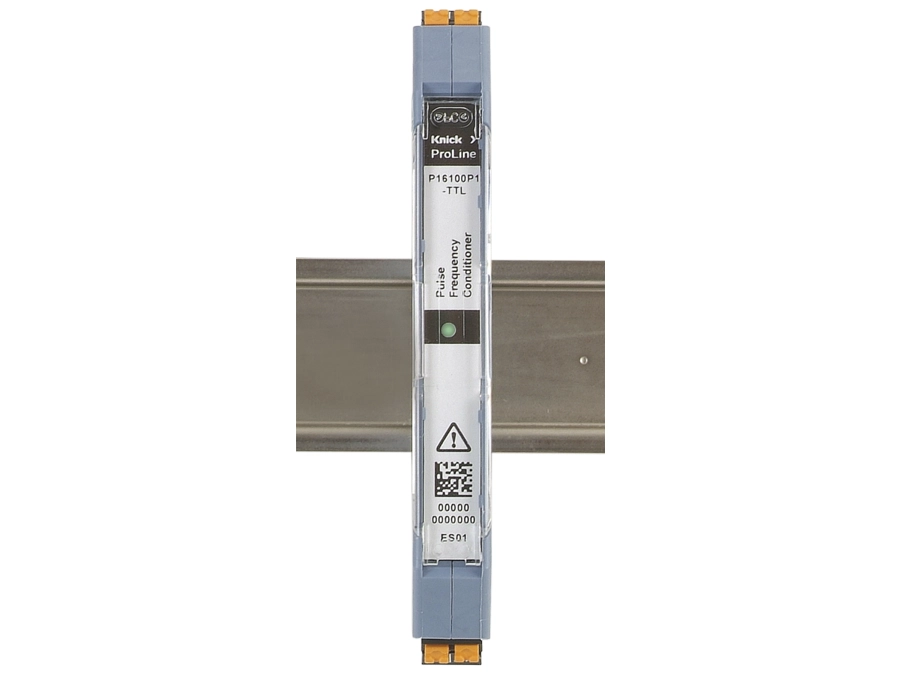
Mar 2021
Interface Technology
Pulse frequency conditioner for speed sensors
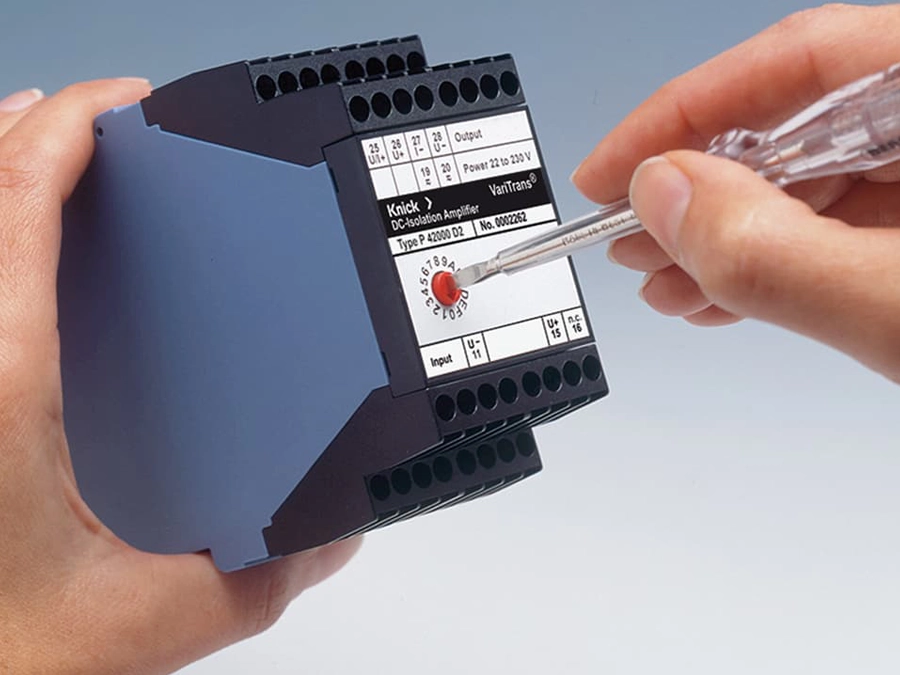
Nov 2020
Interface Technology
High-Voltage Transducer, Voltage, P42000D2
Worldwide smallest transducer up to ±2200 V
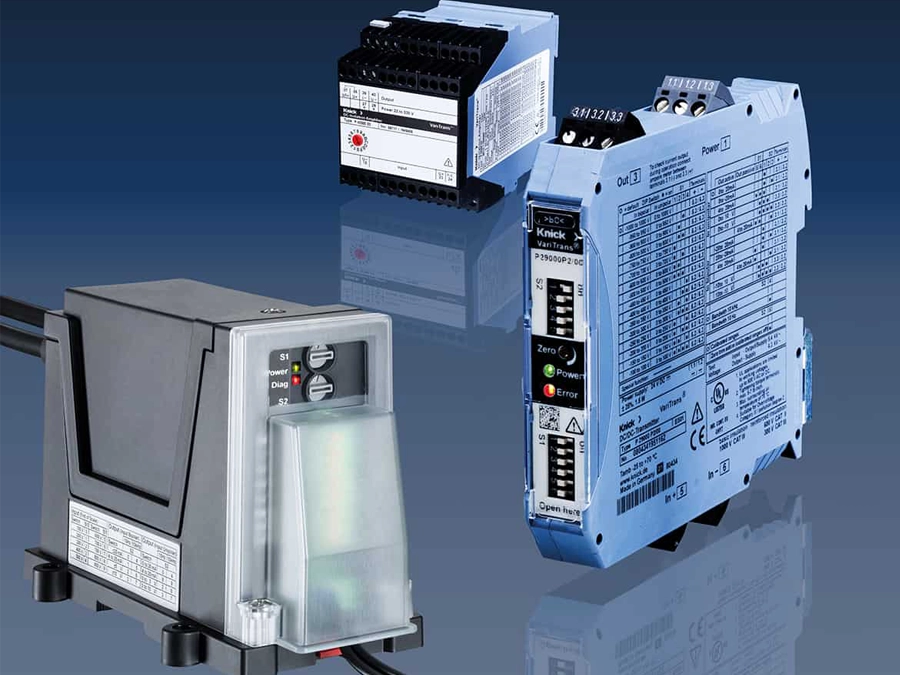
Aug 2020
Interface Technology
DC
Importance of broad-range power supplies for DC electrical measurement
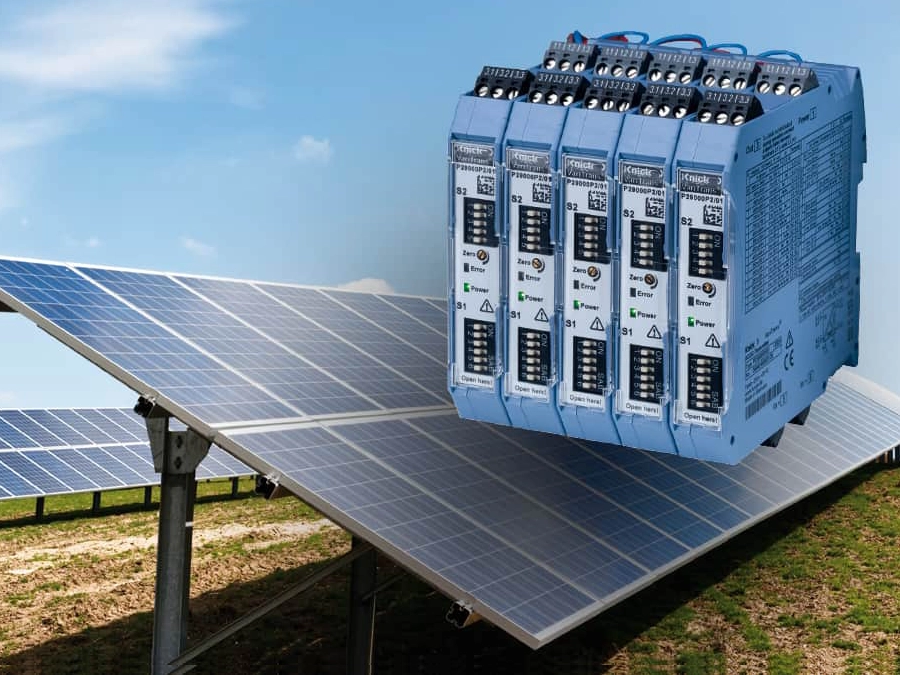
Jul 2020
Interface Technology
High-Voltage Transducer, DC, P29000
Measuring Photovoltaic Degradation
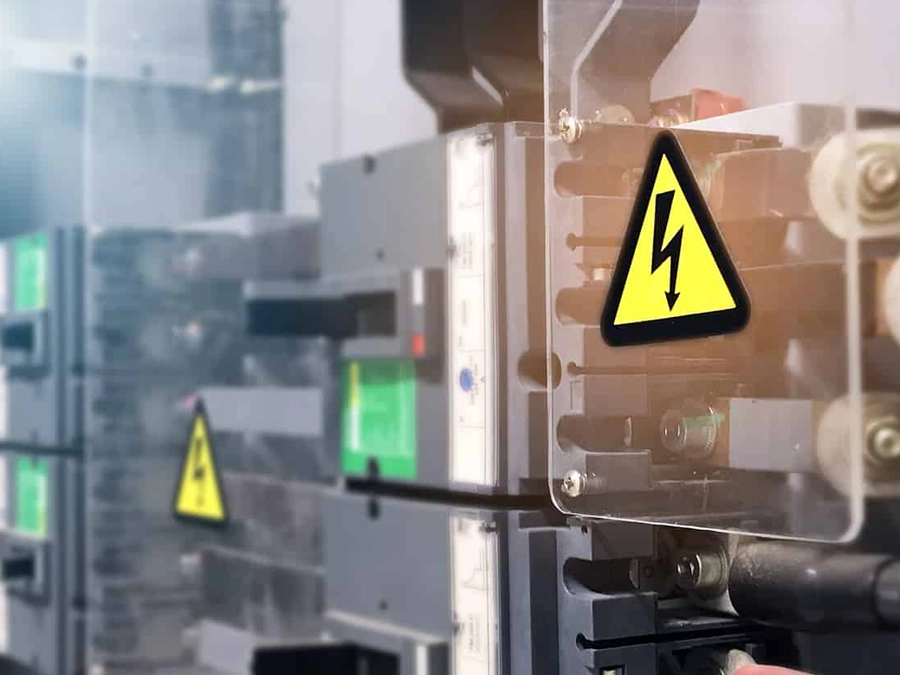
Jun 2020
Interface Technology
High-Voltage Transducer, USA
Electrical Measurement Solutions: Control from 480 to 4800 Volts
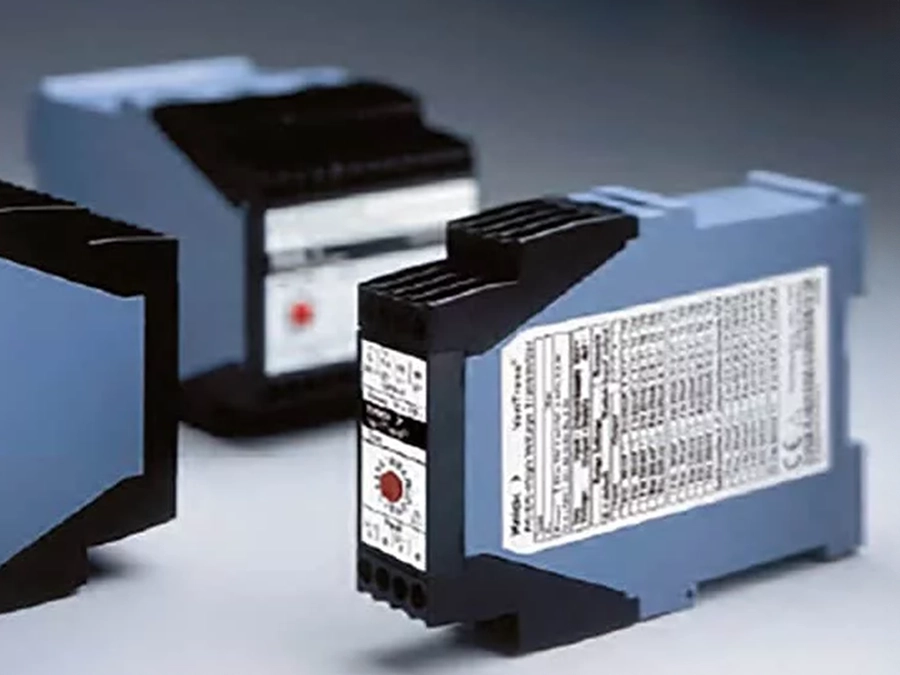
Jun 2020
Interface Technology
High-Voltage Transducer
Benefits of High Voltage Transducers versus Instrument Transformers
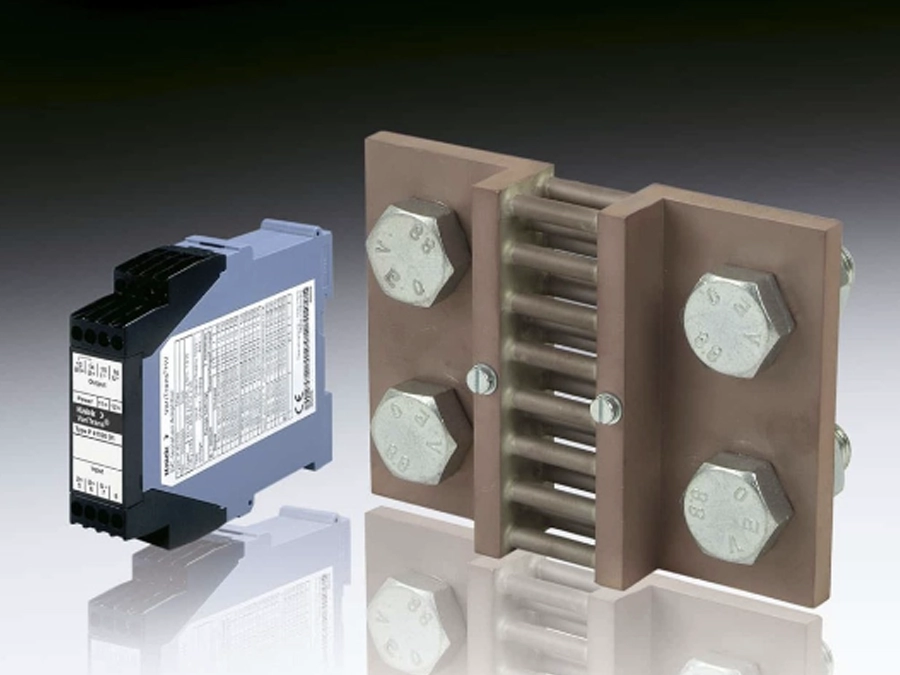
Nov 2019
Interface Technology
DC, USA, Current
Shunt Resistor versus Hall Effect Technology

Mar 2018
Interface Technology
MTBF beyond 3000 years: A snap hook for your plant

Jan 2018
Interface Technology
UL
Knick Products Comply With UL - What Does That Mean?

Nov 2017
Interface Technology
High-Voltage Transducer, P50000
High-voltage transducer offers more safety on railway vehicles

Feb 2017
Interface Technology
P41000TRMS
True RMS Measurement with P41000TRMS
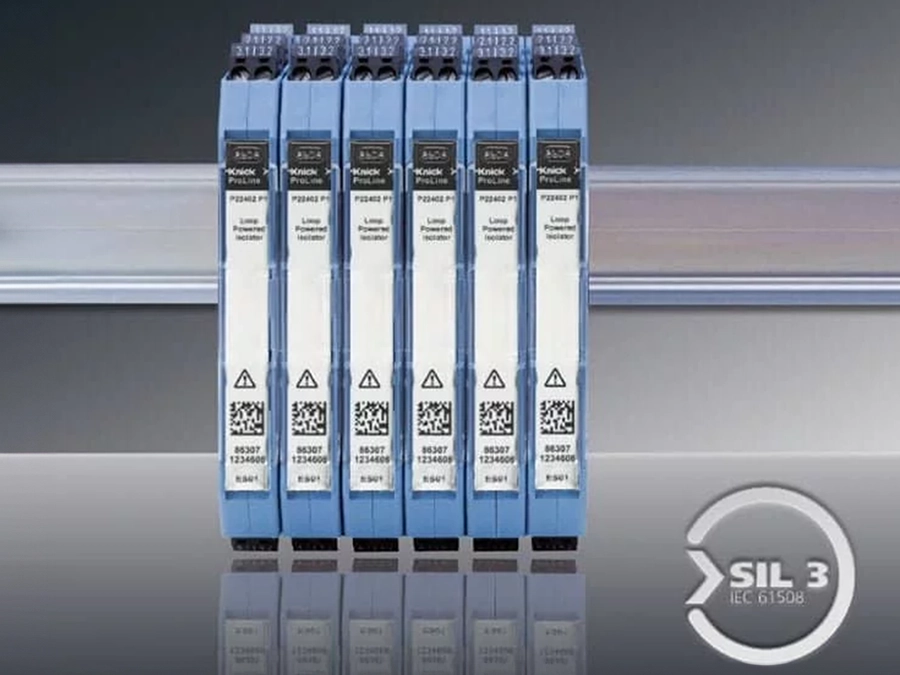
Feb 2017
Interface Technology
SIL, P22400


